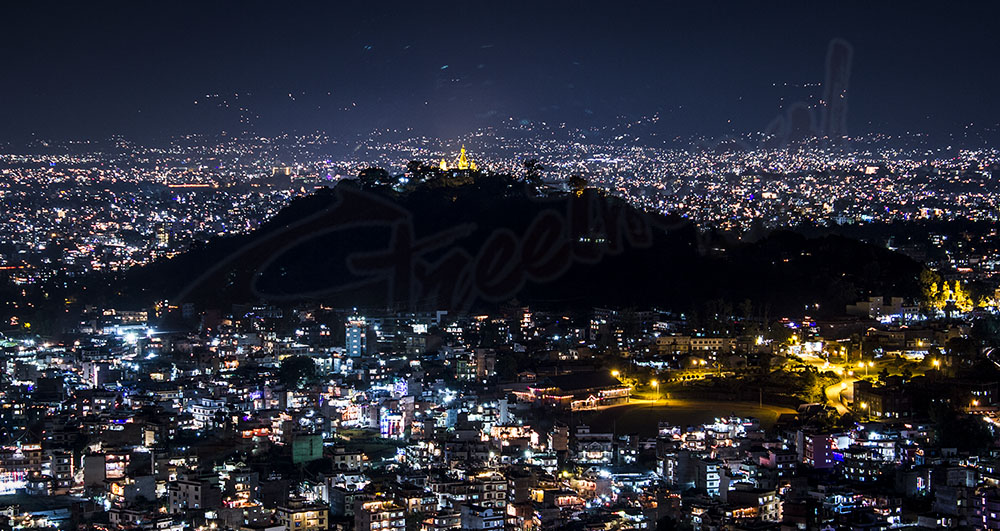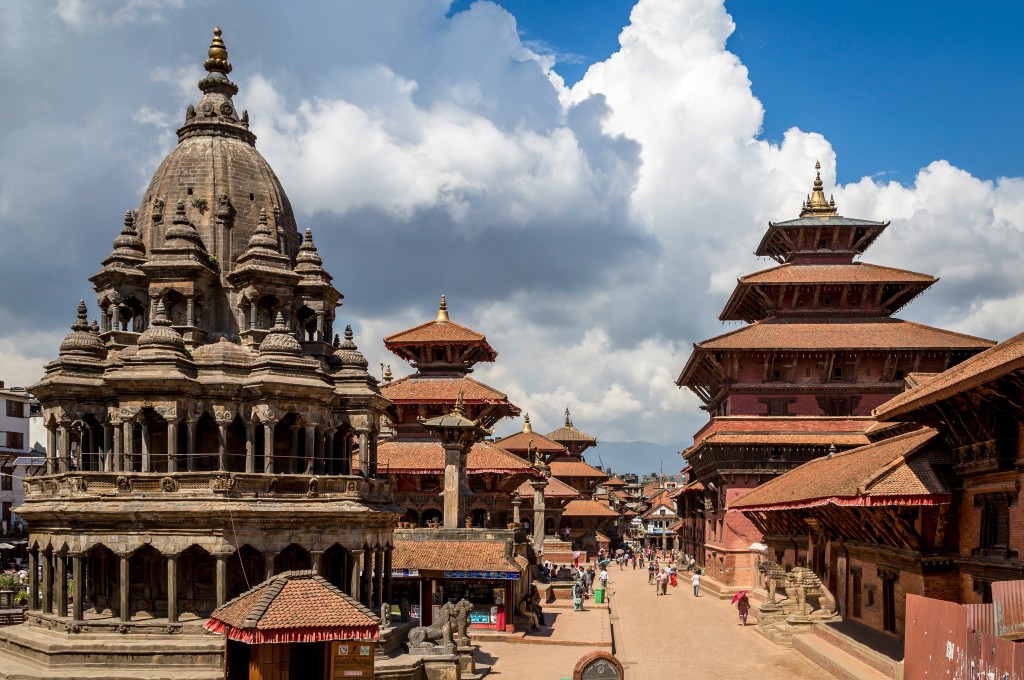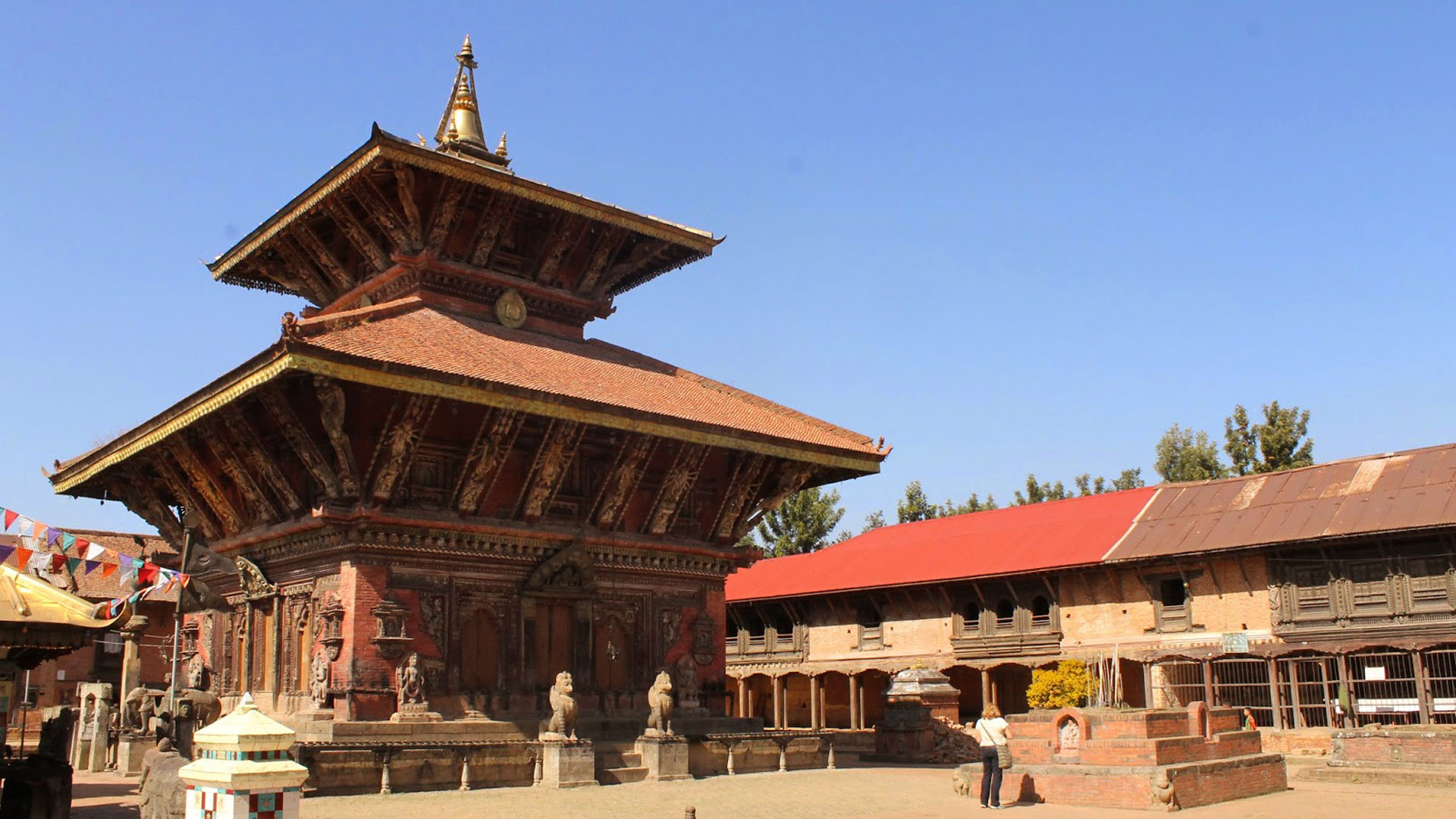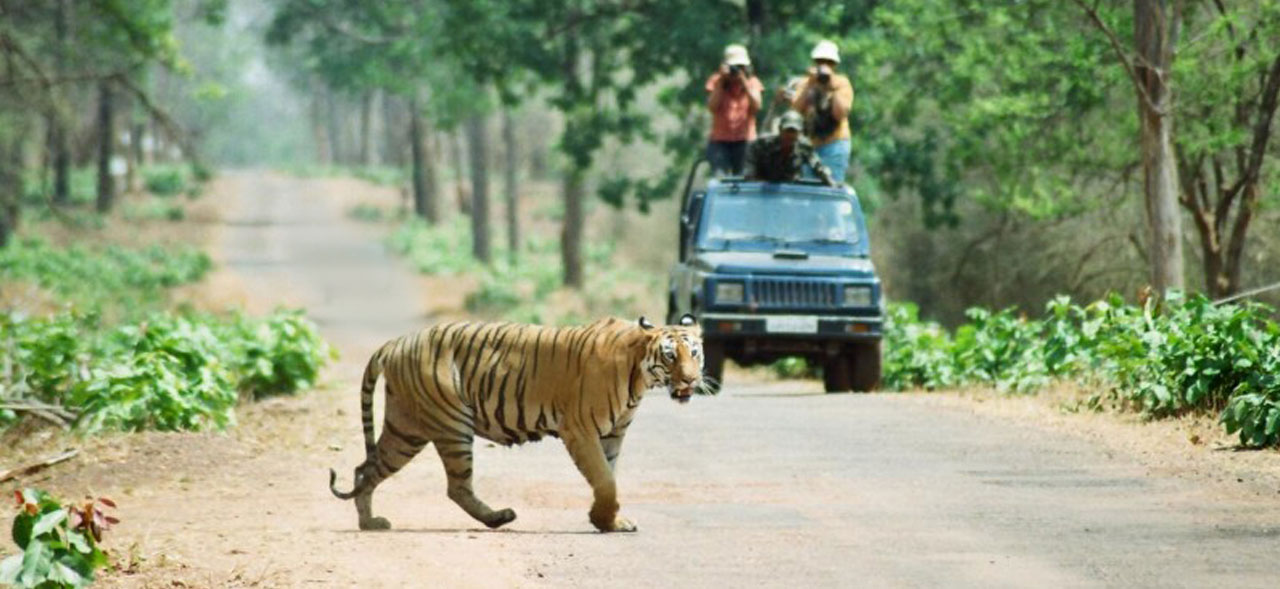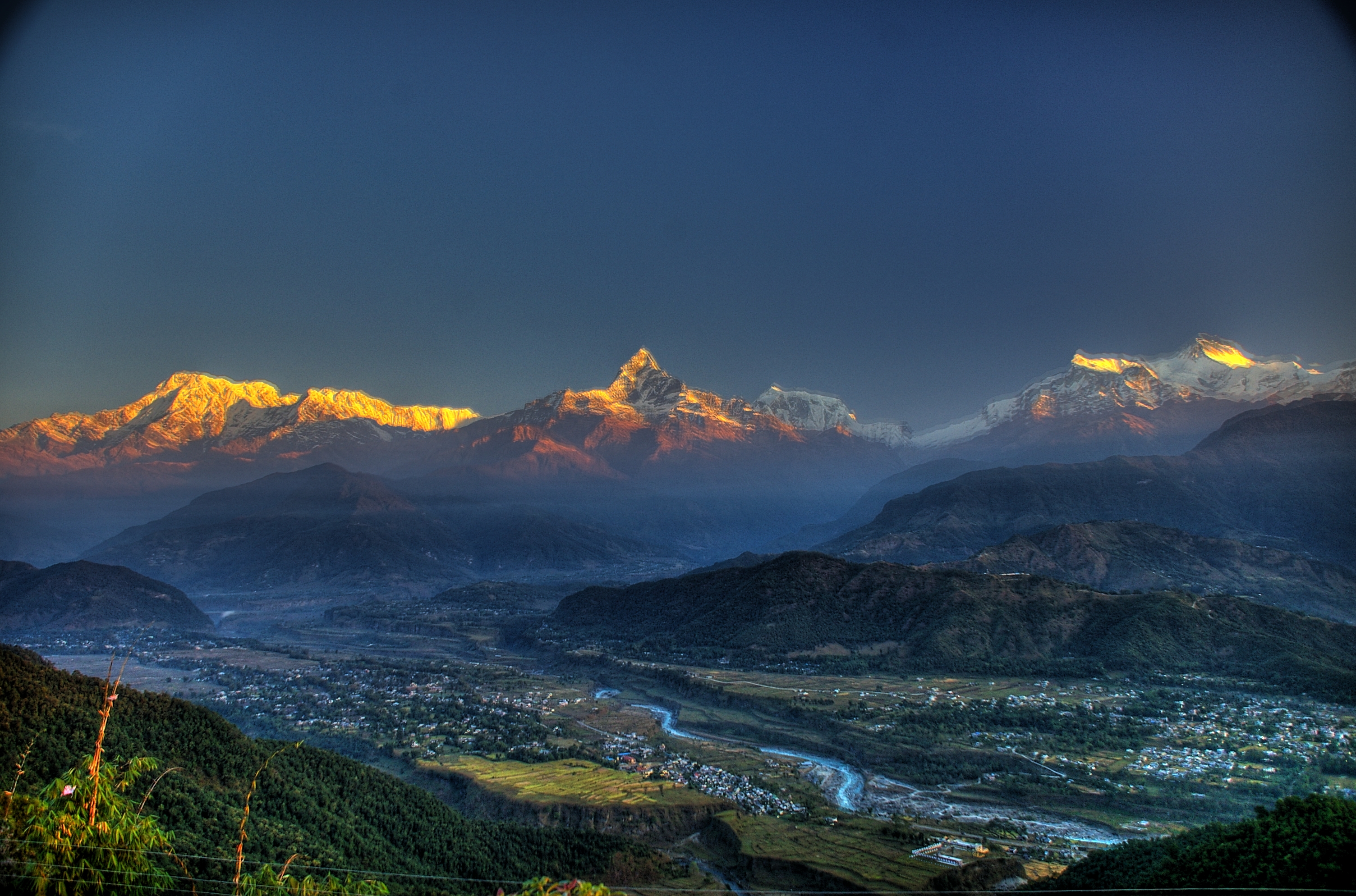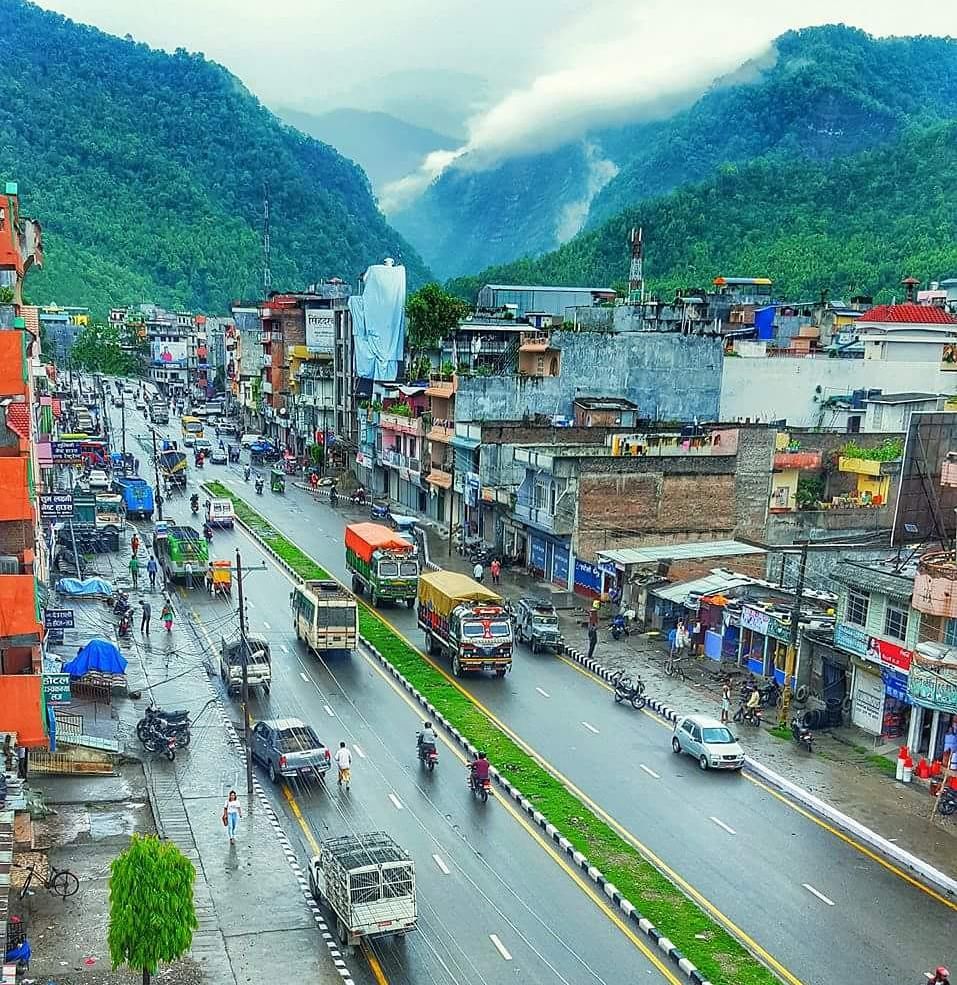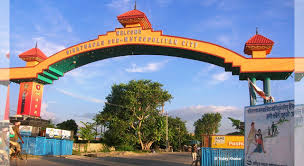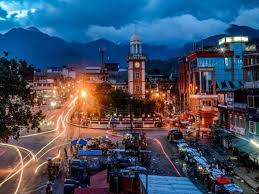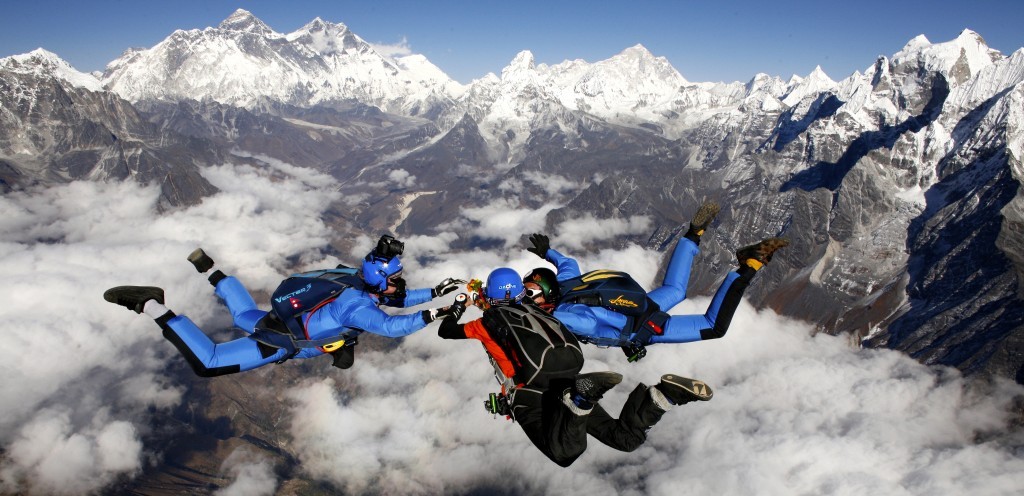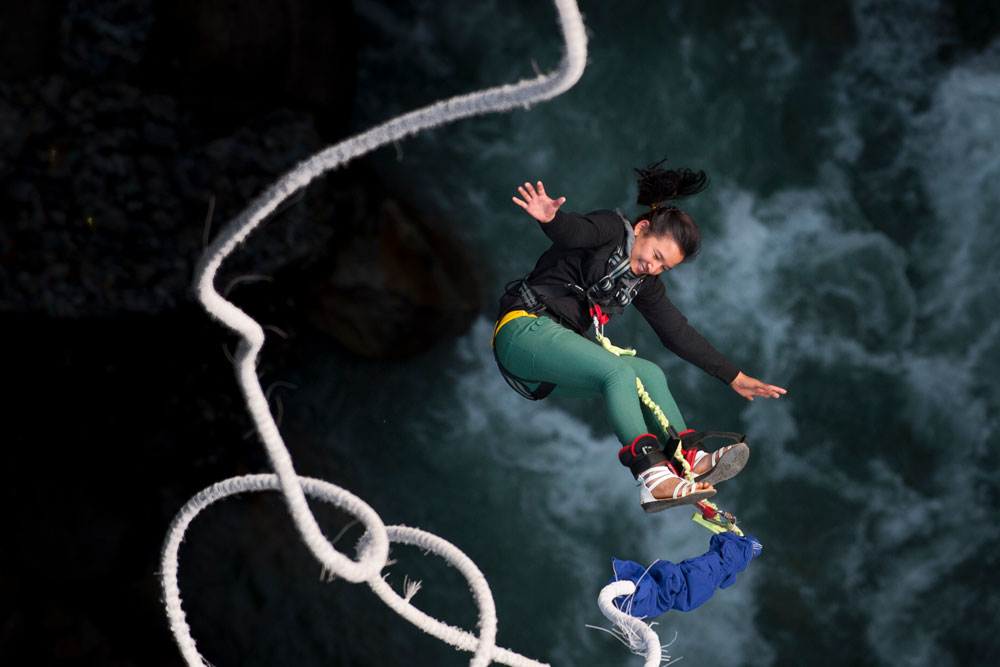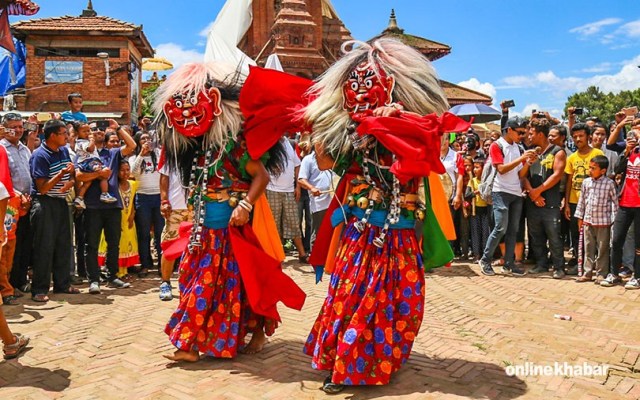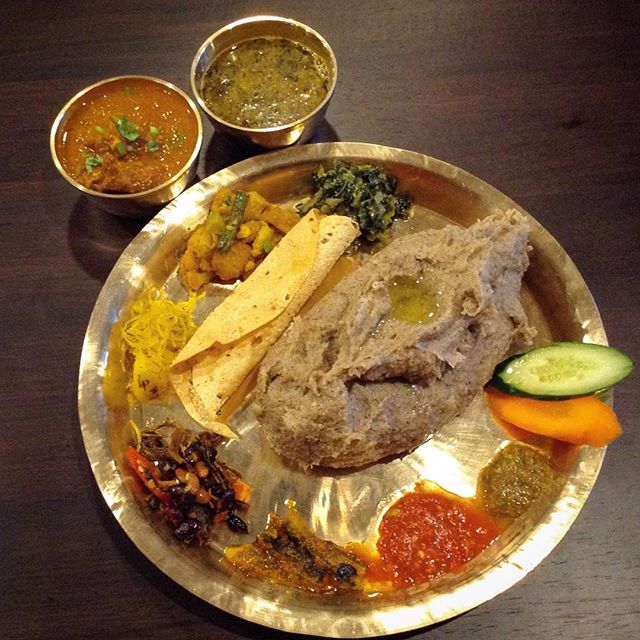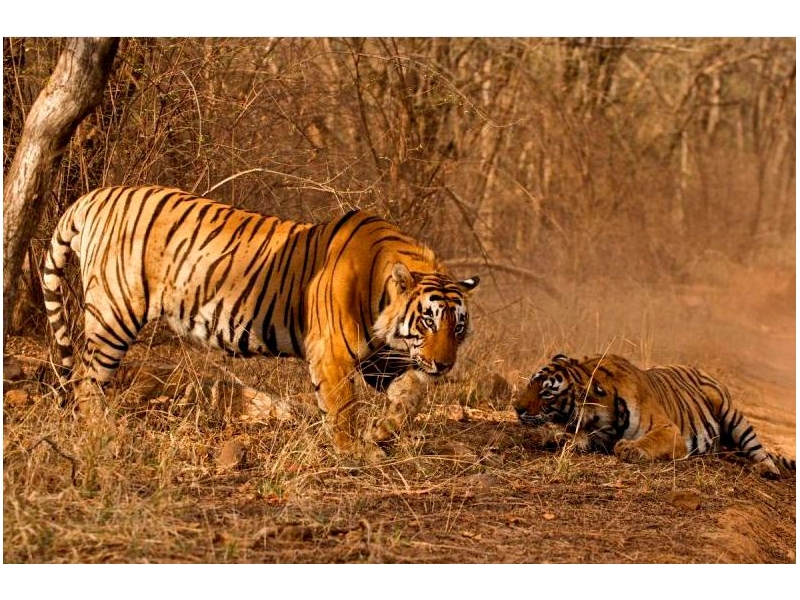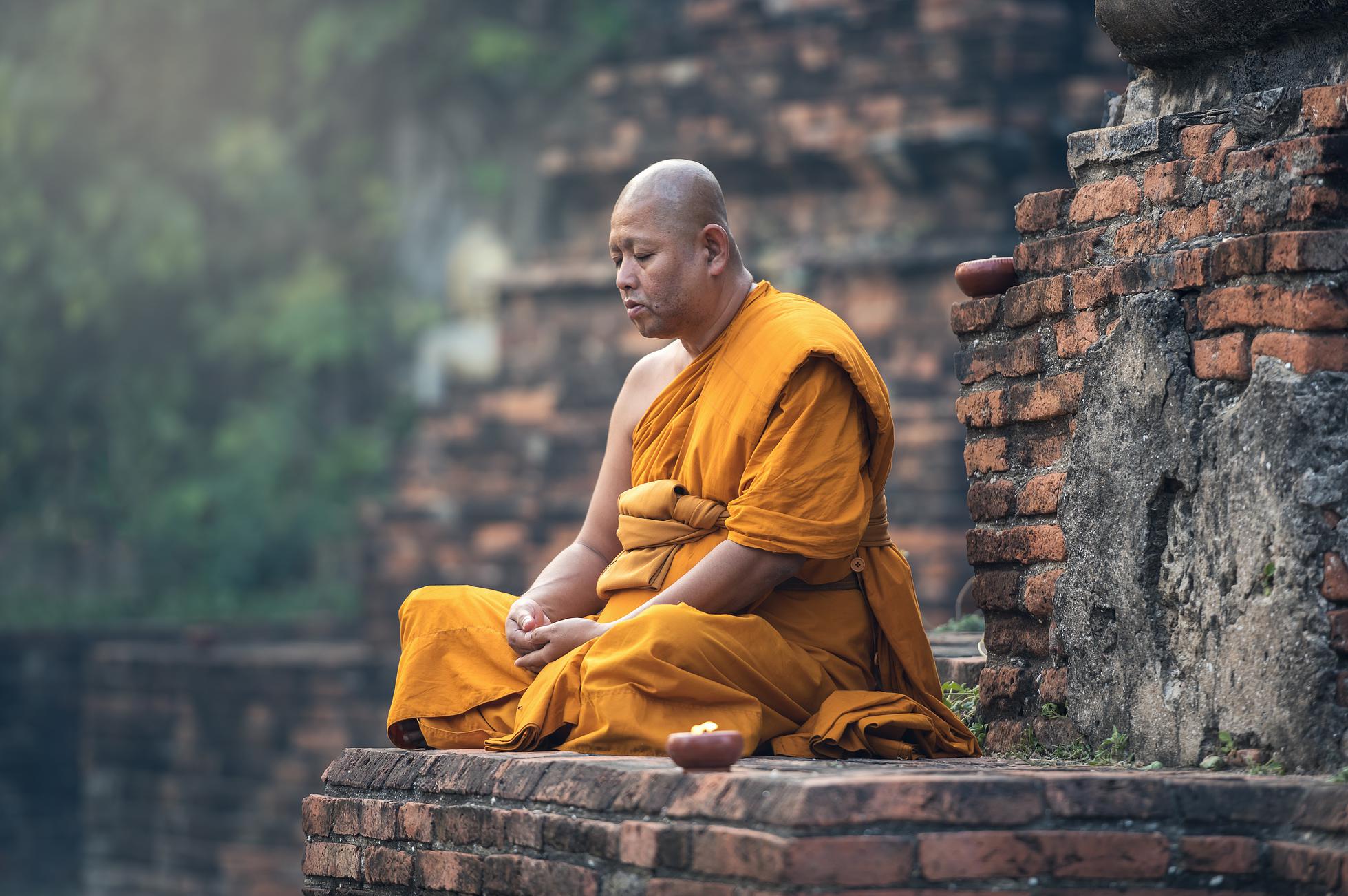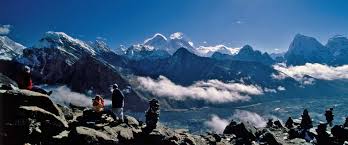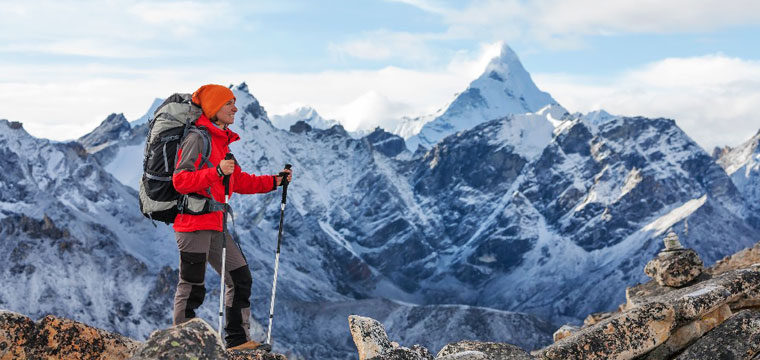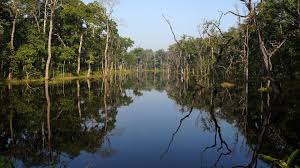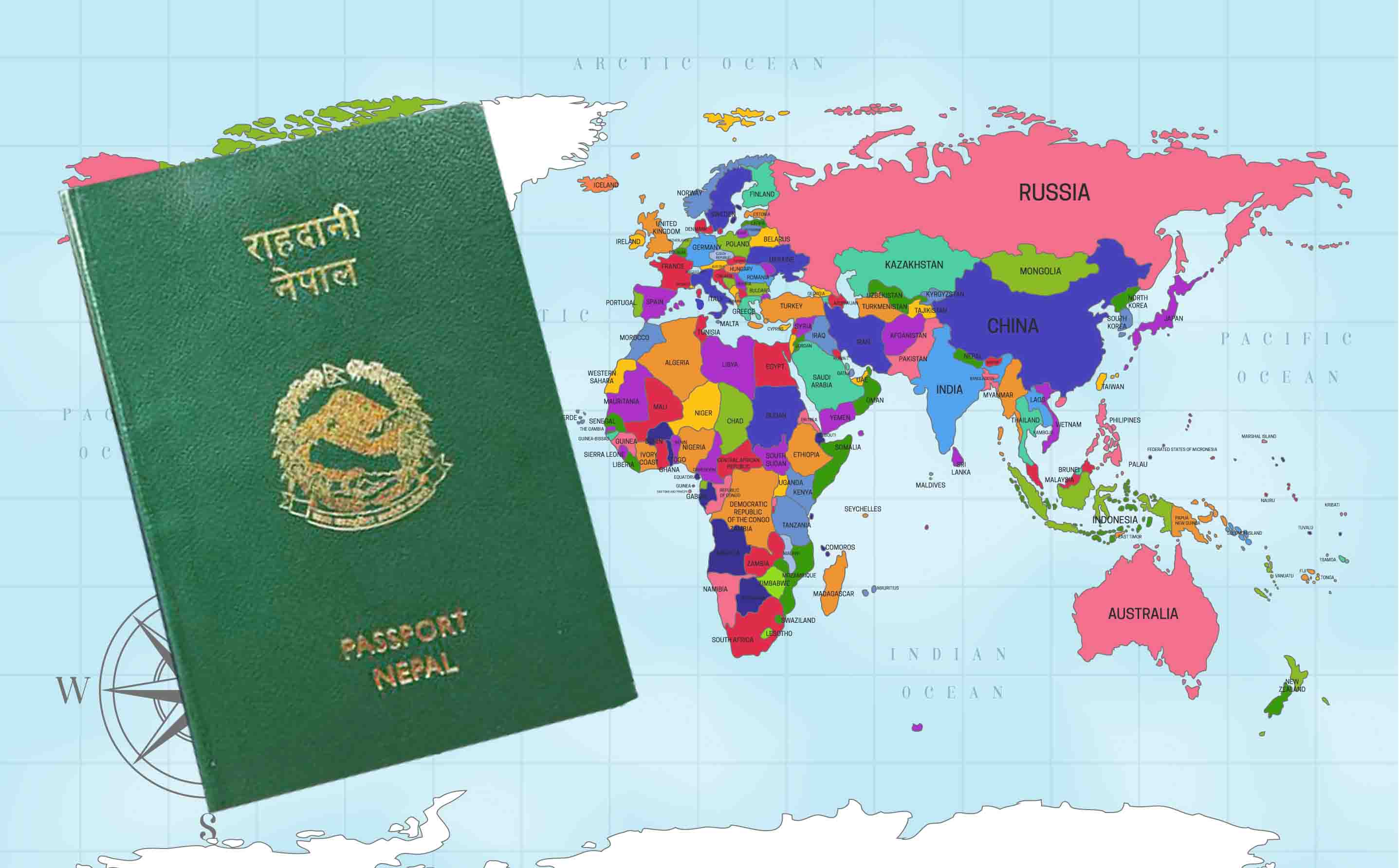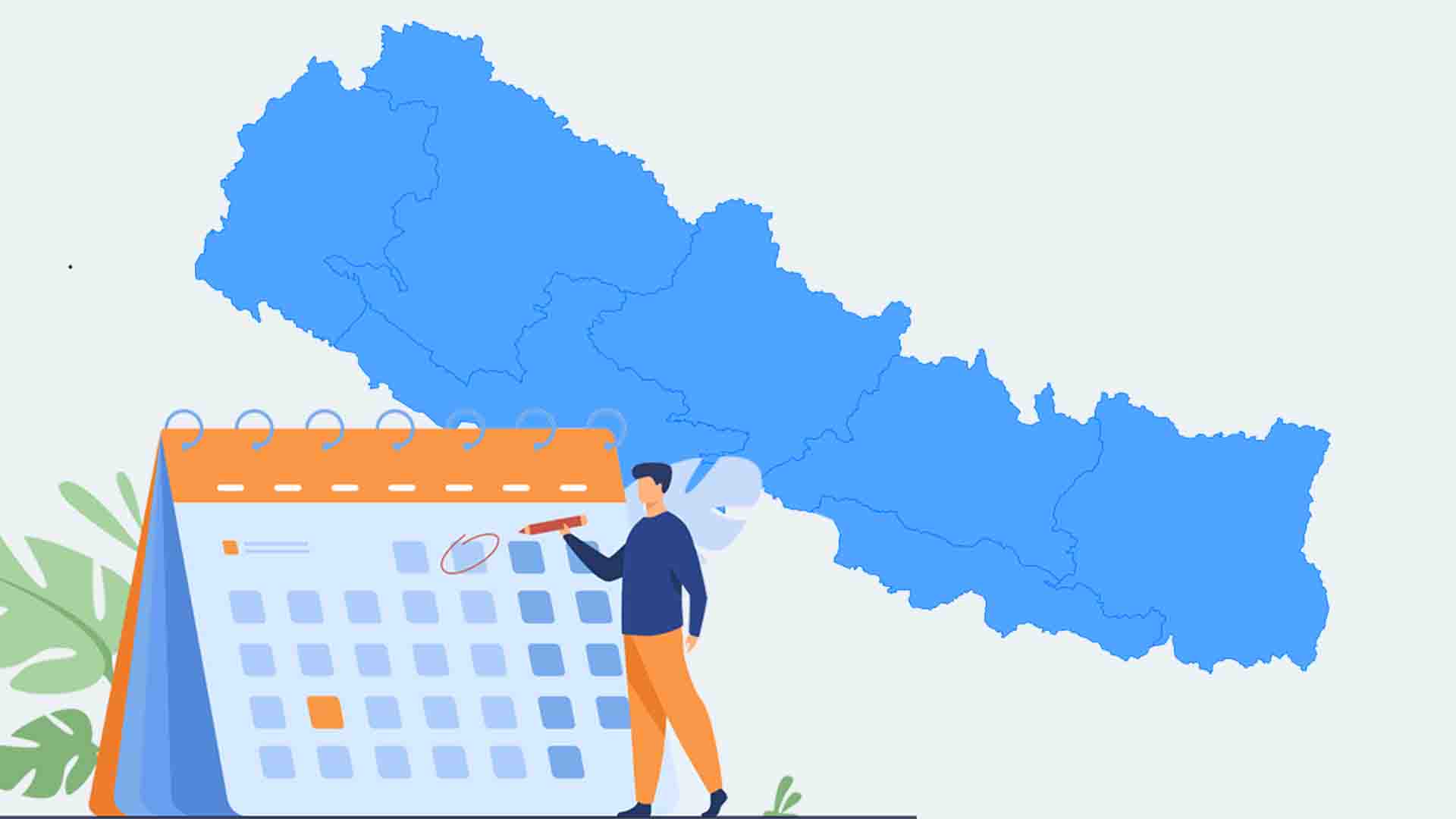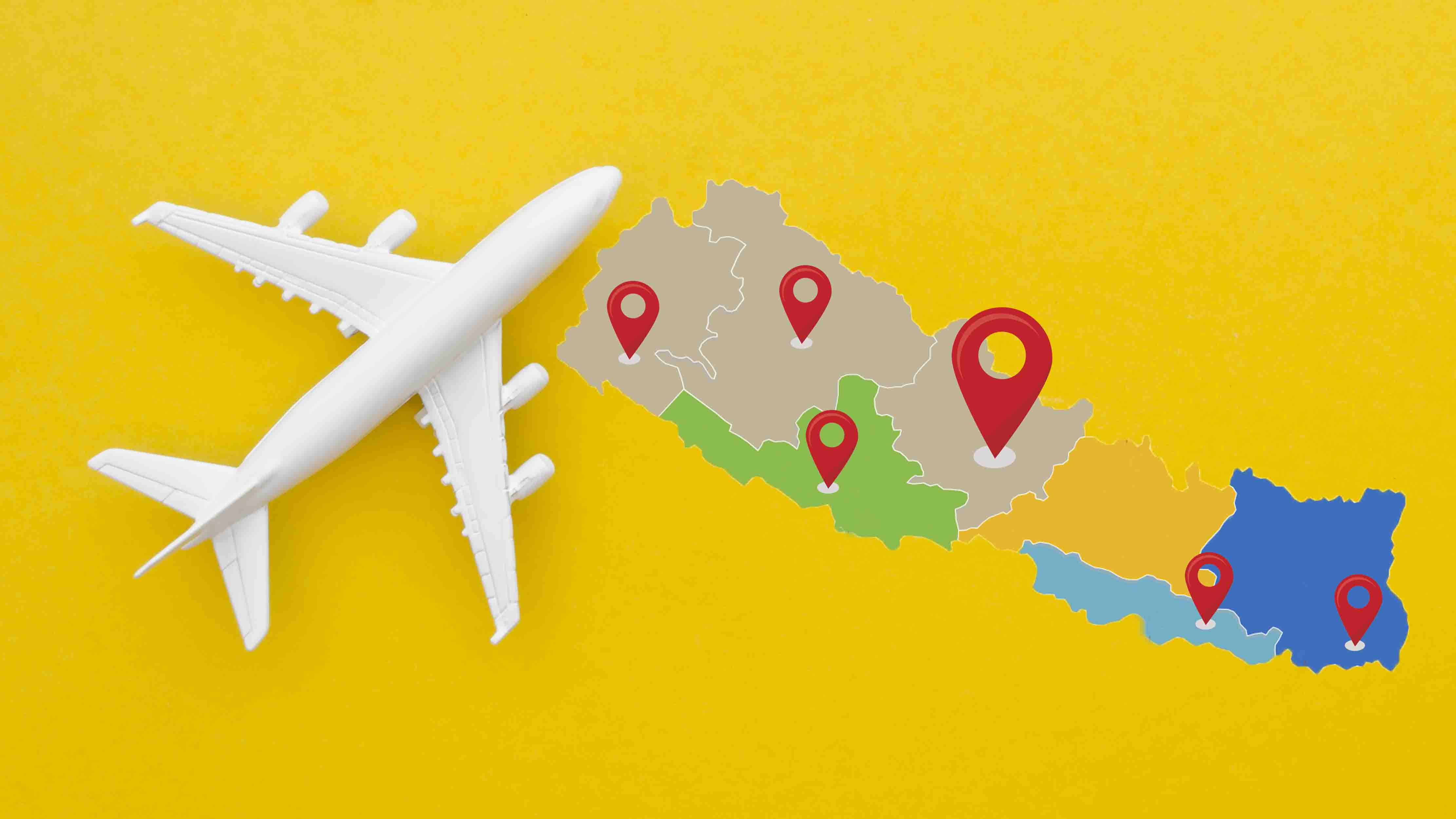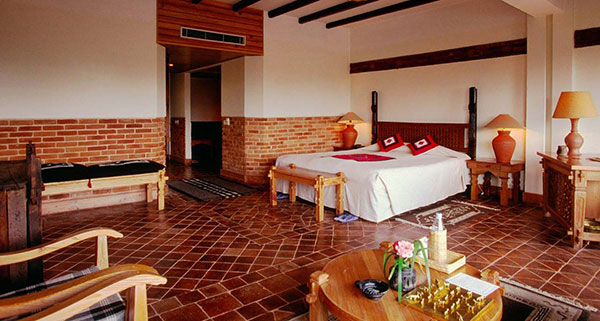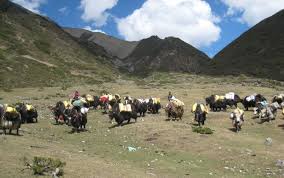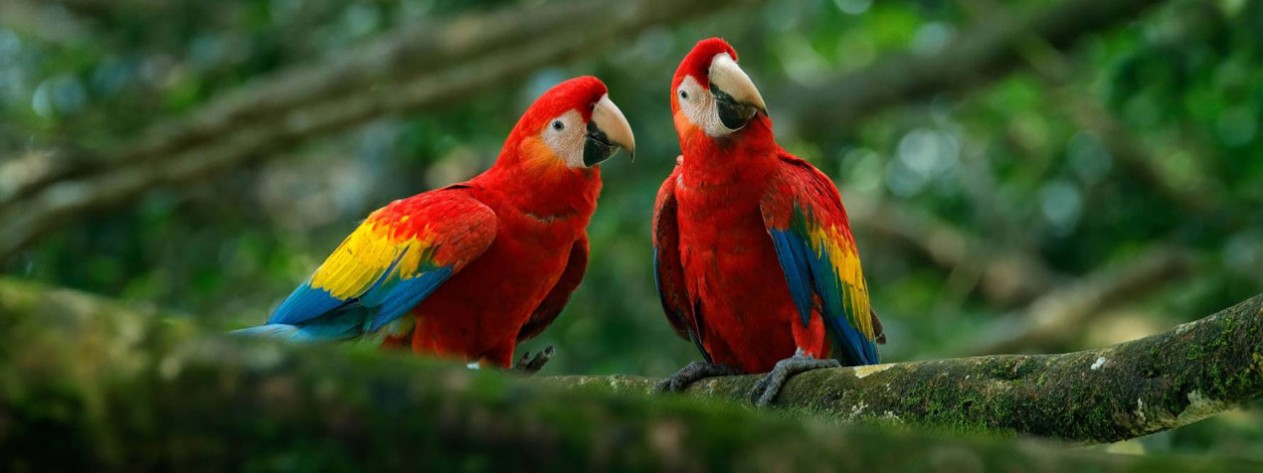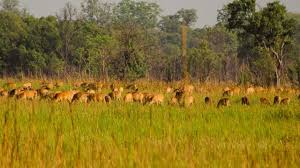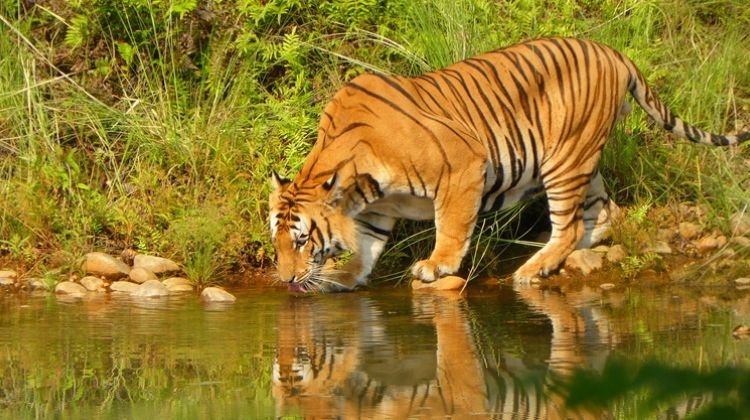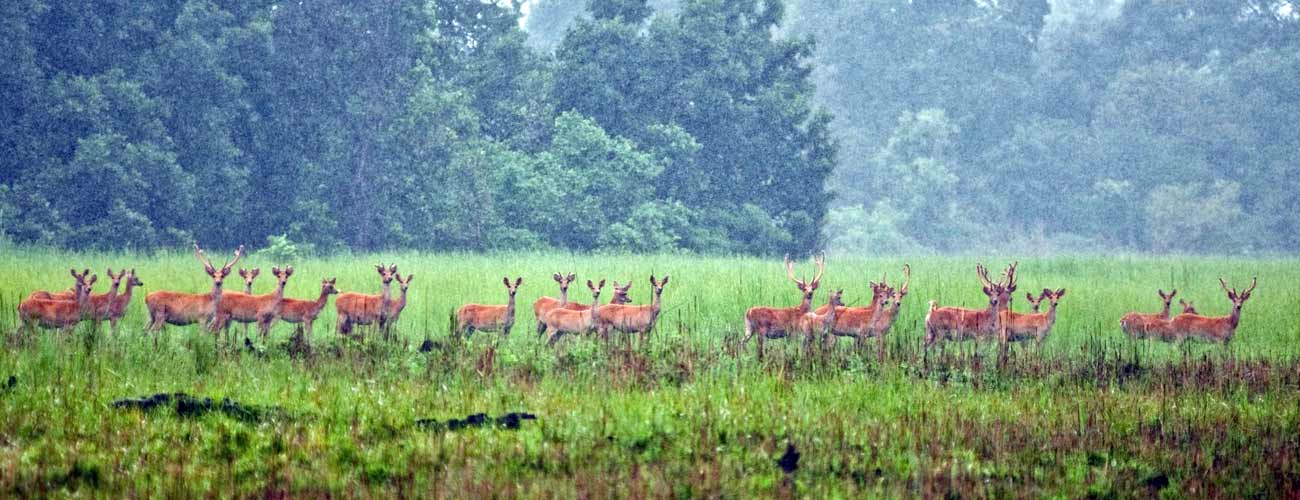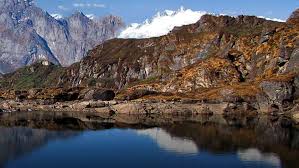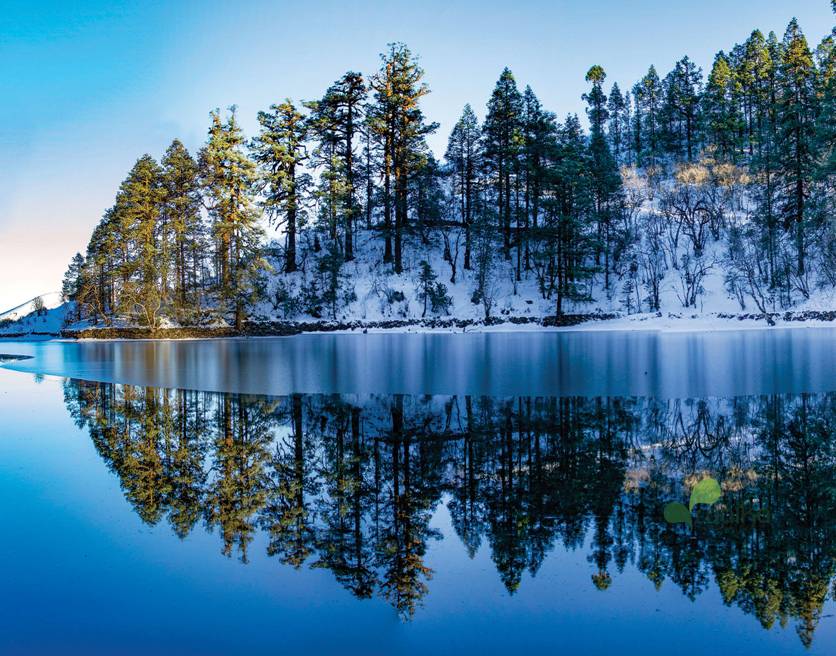Understand Nepal > national parks & conservation areas > Kanchenjunga Conservation Area
Kanchenjunga Conservation Area
Kanchenjunga Conservation Area (KCA), a star attraction of Eastern Nepal, lies in the Taplejung district of Province No. 1. Covering an area of 2035 km2, it gets the name after the third highest mountain in the world – Mount. Kanchenjunga (8,586 m). The area conserves glaciers and several renowned high peaks with eleven peaks that are higher than 7,000 m.
Jewel of Eastern Nepal, KCA has a unique mountain ecosystem and is envisioned as a tri-national peace park with Tibet Autonomous Region (TAR) of China in the North and Sikkim of India in the East. The area adjoins Khangchenzonga National Park in Sikkim and Oomolungma Nature Reserve in TAR. Declared as a gift to the Earth by Nepal Government, the region was designated as a conservation area in March 1998. The objective behind the launching of the KCA was to implement biodiversity conservation along with sustainable development.
Home to outstanding wildlife species such as snow leopard, musk deer, Himalayan black gear, serow, goral, blue sheep, red panda, etc. and bird species such as Impheyan pheasant, red-billed blue magpie, shy drongo, etc., the area is full of Himalayan larch and juniper forests that make the area unique in terms of vegetation and wildlife. Made up of alpine grasslands, and rocky outcrops, with dense temperate and sub-tropical forests, and low river valleys, Kanchenjunga is the crown of the conservation area.
Often synonymized as a repository of flora and fauna, KCA has its beauty peaked during the spring season as rhododendrons, orchids, lilies, primula, and other colorful flowers bloom and make your alley magical. Out of 28 endemic flowering plants, KCA houses 15 types. With 30 kinds of rhododendron species, the area lets you witness 69 varieties of orchids out of 250 found in Nepal.
Besides wildlife and mountains, the region has several temples, Chhortens, prayer-walls, and monasteries rich in cultural heritage. With the mosaic of ethnic groups, the locals are involved in agriculture, pastoralism, tourism, and trading. The original settlers of the Upper Tamar Valley are Limbu, and they are the dominant ethnic group, even in the lower regions. Sherpa/Lama people, who arrived from Tibet more than four hundred years ago, live in higher altitude region. Their culture and tradition are unique from those living in the Solukhumbu district. Other ethnic groups like Rai, Chhetri, Brahmins, etc. also live in the region.
The best observation of Mount Kanchenjunga is possible from Bangpema in the North base camp, also known as Kanchenjunga's viewpoint. Trekkers prefer a circular trek, which takes you through the Celele Pass at an altitude of about 4000 m to drop down to Tseram and head to South Base Camp. After passing through Yamphudin village, you reach Sukhetar, from where you can fly to Biratnagar.
To reach KCA, you can start your bus journey from Dharan or Birtamod to Taplejung Bazar with different routes. The flight from Biratnagar Airport to Sukhetar Airport is available every day by Royal Nepal Airlines.
You can get permits to KCA only if you are a part of an organized trekking group. As the accommodations in the high altitude and jungle areas are not available, the trekkers need to be self-sufficient with camping gears and fuel supply. Please do not buy anything made out of wildlife as it is illegal and can take you behind bars.








